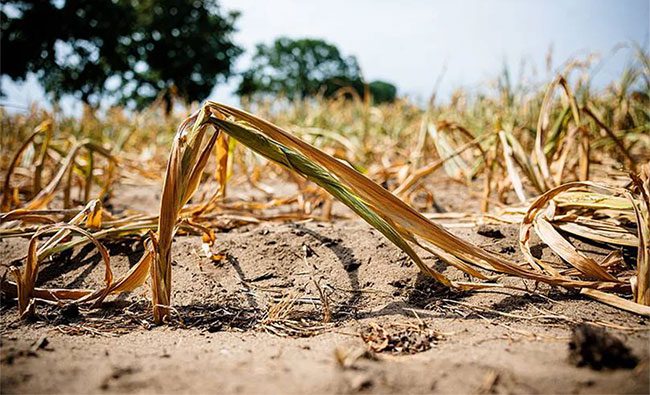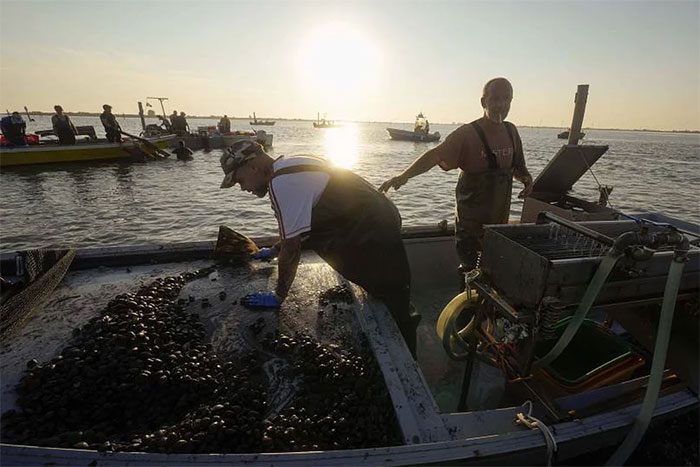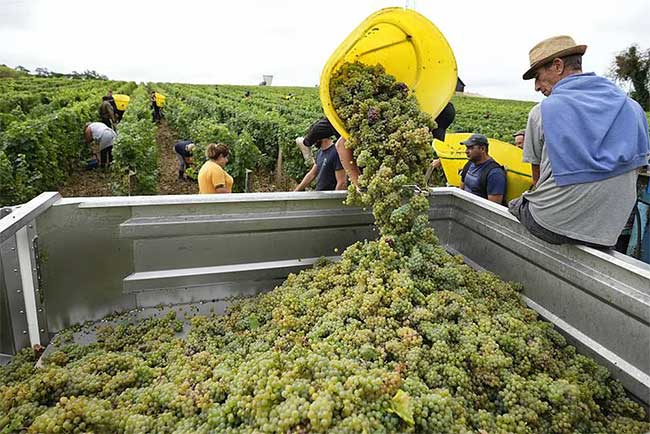According to Euronews, droughts and heatwaves caused by climate change have threatened food supplies across Europe this summer.
Due to environmental fluctuations, rice production in Northern Italy, olive oil in Spain, and barley in the UK have all seen significant declines in yield.
As global warming increases the likelihood of extreme weather events, many food types around our planet will become scarcer.
This means that many essential items we use daily will become more expensive due to climate change.
How Does Climate Change Affect Food Production?
A recent study has demonstrated that climate change poses a serious threat to global food security.
A report published by IPES-Food (International Panel of Experts on Sustainable Food Systems) in May highlighted that climate change is a risk of “circulation and dissemination” for food supplies. This situation is exacerbated by rising living costs and the conflict in Ukraine.
Droughts, heatwaves, floods, and new pest outbreaks are reducing crop yields, hindering farmers and agricultural producers from harvesting expected outputs.
Since the pre-industrial era, global temperatures have risen by 1.1°C. The Intergovernmental Panel on Climate Change (IPCC) has warned that if global temperatures rise by 1.5°C, about 8% of the world’s agricultural land will no longer be suitable for farming.
Crop yields decrease as temperatures rise due to water loss, reduced pollination, and slower photosynthesis. When crops are affected by high temperatures and drought, their self-defense mechanisms weaken, making them more susceptible to pests and diseases.
Extreme weather is also challenging the livestock and aquaculture sectors. The situation will worsen without efforts to address carbon emissions.
The IPCC recently released a report affirming that human-induced climate change is making droughts, floods, wildfires, and heatwaves more severe and frequent.
According to the United Nations (UN), a series of compounded impacts from climate change, conflict, and poverty could cause food prices to rise by an additional 8.5% by 2027. The UN also warns that millions of people are facing severe food shortages.

Droughts, floods, wildfires, and heatwaves are becoming more severe, making farming more challenging. (Photo: AFP)
Rising Prices of Essential Grains Due to Climate Change
Just this summer, heatwaves have parched agricultural land and crops in India, wildfires in Tunisia have destroyed grain fields, and floods in China have damaged nearly 100,000 hectares of crops.
Prices for essential grains such as wheat, rice, corn, and soybeans have surged due to crop failures or disasters.
The rising costs of these staple crops have pushed many people in Africa, Asia, and South America into severe food insecurity. For instance, in Somalia, the price of a 400-gram can of wheat has doubled since February. In India, wheat exports have been restricted to prevent domestic prices from skyrocketing.
In Europe, drought in the agricultural heartland of Northern Italy has led to declines in the production of crops like rice and corn. Extreme temperatures and lack of rainfall have also affected tomato, grape, and olive crops.
IPES’s May report indicated that wheat prices in March reached a 14-year high, and corn prices also hit record levels.
Essential foods are also being impacted by new pests and diseases. In the U.S. this year, avian influenza has caused egg prices to soar nearly 300%.

European seas are also facing heatwaves. (Photo: AP).
Seafood Scarcity as Sea Temperatures Rise
European seas are grappling with heatwaves. The waters around Iceland are losing local fish species such as capelin and cod, which are moving northward to find cooler waters.
However, shellfish like clams, mussels, and oysters cannot “migrate” like fish when sea temperatures rise. In Northern Italy, crustaceans (shrimp, crabs) are dying off in the Adriatic Sea.
In the Po River Delta, where the Po River flows into the sea, brackish clams and mussels live. However, local fishermen report that record-low river levels are causing insufficient freshwater flow into the delta, making the water too salty for these species to thrive.
Chocolate, Coffee, and Wine Prices to Rise Due to Global Warming
Expensive food and beverages such as coffee, chocolate, and wine are also under threat. Rising temperatures in coffee-growing regions will make production more challenging.
According to data from the International Monetary Fund (IMF), extreme heat in Brazil during 2020-2021 led to a 70% increase in coffee prices.
For chocolate, Ivory Coast and Ghana are major cocoa-producing areas. However, drought could soon render this region unsuitable for cocoa cultivation.
Grapevines in California (USA) and Europe are facing extreme weather, from unseasonal frosts to droughts and wildfires. With lower crop yields, wine prices are sure to rise.
In France, the cultivation and harvesting of mustard seeds have been affected by drought, leading to a spice shortage.

Grapevines are affected by extreme weather. (Photo: AP).
Meat Prices May Increase Due to Climate Change
Due to the impacts of livestock farming on climate change, meat prices may rise in the future.
Livestock farming not only emits carbon but also leads to deforestation for animal feed, destroying wildlife habitats.
Some governments have proposed taxing beef, pork, and chicken. Before the conflict in Ukraine, agricultural ministers from Germany and the Netherlands considered implementing a meat consumption tax.
A study published in the European Journal of Environmental and Resource Economics predicts that beef prices could increase by 35% to 56%, poultry prices by 25%, and lamb and pork prices by 19% in high-income countries.
Can Heat-Resistant Crops Be Developed to Combat Climate Change?
Scientists at universities in the U.S. and China are working to find ways to protect crops as the world heats up.
Researchers are exploring how to help plants survive in extreme temperature conditions, hoping this will safeguard global food supplies.
However, IPES researchers warn that immediate action is needed to reduce emissions and prevent surging food prices in the near future.
Experts emphasize that if their warnings are ignored, the food crisis will worsen in the future.



















































